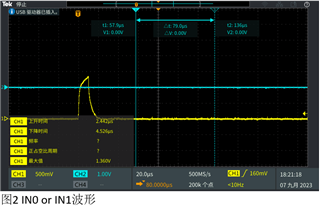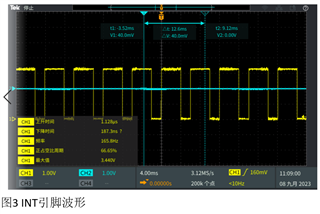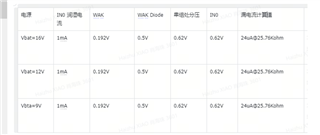Other Parts Discussed in Thread: TIC12400,
Hello team,
We use IN0 and IN1 of TIC12400 as CAN interrupt wake-up detection. Due to the leakage current in INx and the large external resistance added to IN0 and IN1, when the MCU goes to sleep and TIC12400 is in polling detection mode, IN0 and IN1 appear last time. A periodic voltage, the maximum voltage is about 1.3V. The TIC12400 register sets the comparison voltage of these two pins to 2V. It obviously does not reach the trigger limit, but the INT PIN will detect a low level. May I ask why this phenomenon occurs?
Add:
Set the comparison voltage to 2.7V: INT Pin will detect low level
Set the comparison voltage to 3V: INT Pin remains high
Set the comparison voltage to 4V: INT Pin remains high



Best regards,
Lanxi


